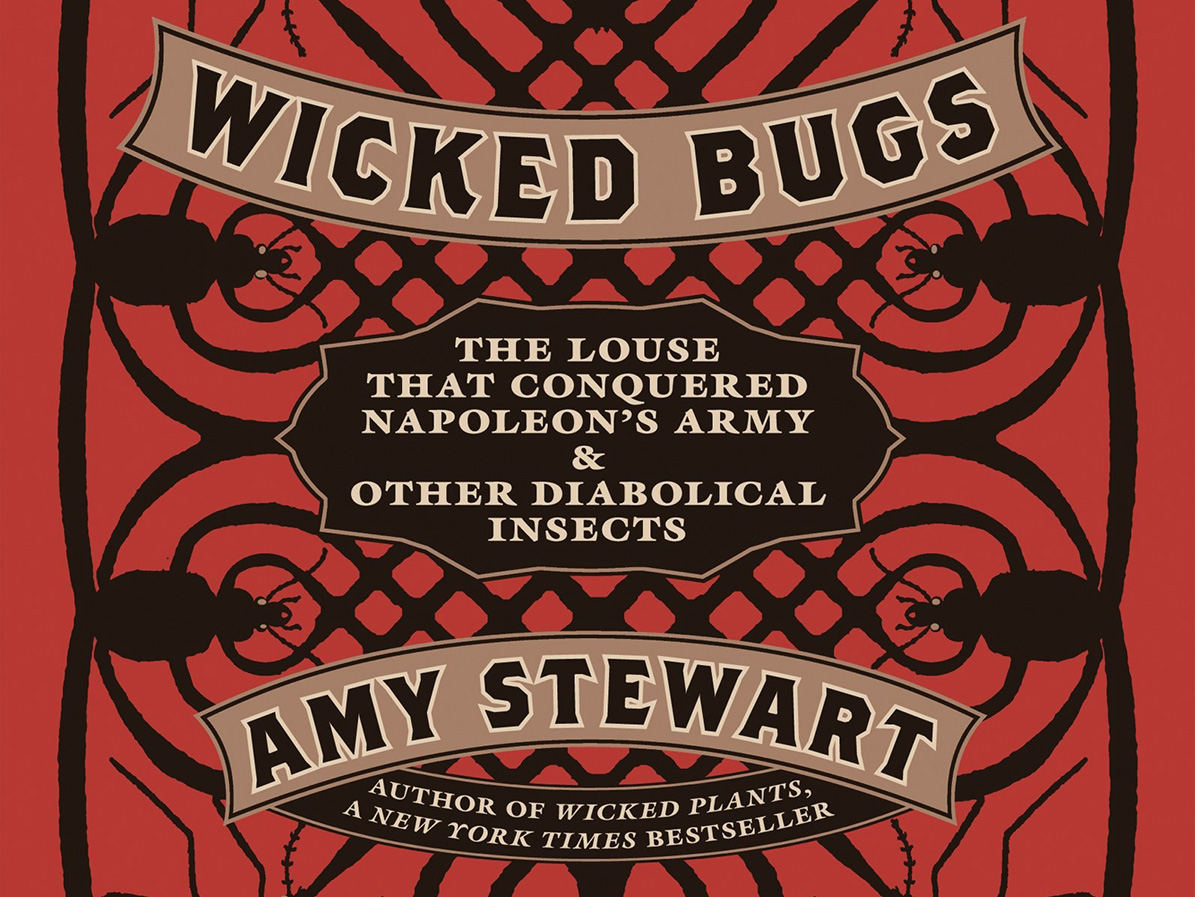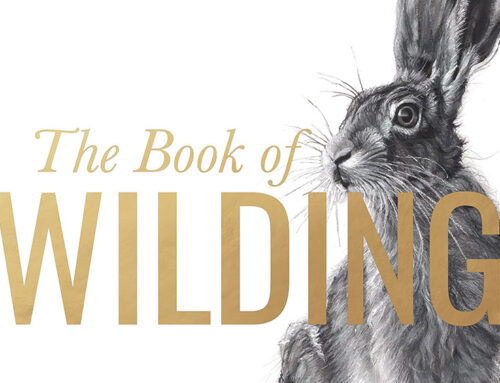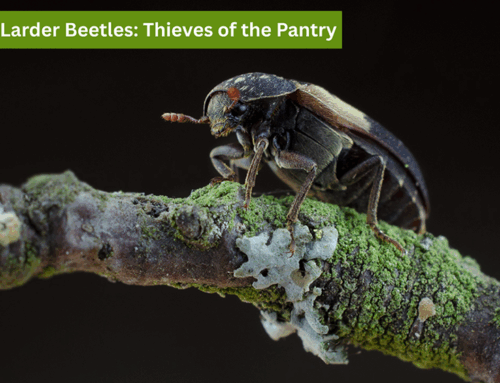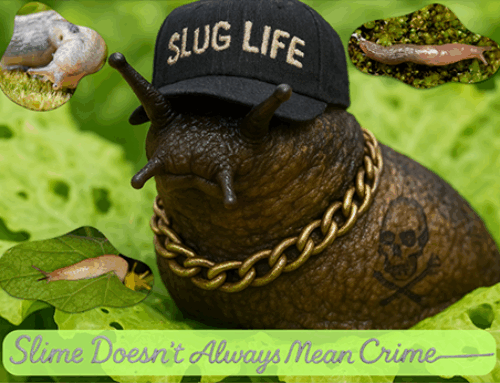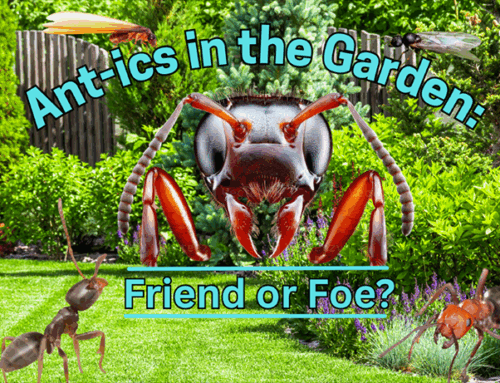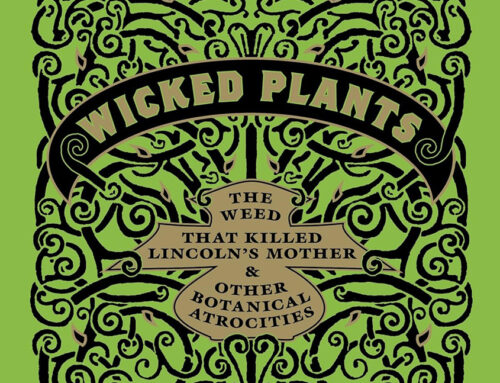Book Review: Wicked Bugs: The Louse That Conquered Napoleon’s Army and Other Diabolical Insects
Reviewed by Brett Kerley
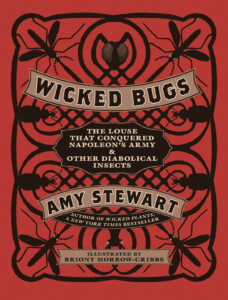 Stewart, Amy Wicked Bugs: The Louse That Conquered Napoleon’s Army and Other Diabolical Insects Publisher: Algonquin Books 2011 ISBN: 978-1-56512-960-3
Stewart, Amy Wicked Bugs: The Louse That Conquered Napoleon’s Army and Other Diabolical Insects Publisher: Algonquin Books 2011 ISBN: 978-1-56512-960-3
Wicked Bugs is a captivating exploration into the insects and arachnids that have impacted human history in unsettling ways. Blending science, history, and dark humor, Stewart presents a compendium of over 100 creatures that infest, infect, and influence our lives
This is not a traditional field guide but rather an alphabetical anthology of notorious insects, arachnids, and other invertebrates. Each entry includes the creature’s scientific classification, habitat, and a narrative detailing its “wicked” behavior. The book is enriched by intricate etchings by Briony Morrow-Cribbs, adding a visual dimension to the unsettling tales.
Chapter Descriptions
The book is organized into thematic sections, each focusing on a particular type of creature:
- Deadly Creatures: Insects and arachnids responsible for human fatalities, such as the Anopheles mosquito, which transmits malaria, and the fire caterpillar, whose venom can cause internal bleeding.
- Everyday Dangers: Common pests like lice and ticks, emphasizing their role in spreading diseases and causing discomfort.
- Unwelcome Invaders: Invasive species, including earthworms, that disrupt native ecosystems and parasites that manipulate host behavior.
- Destructive Pests: Insects like termites and deathwatch beetles that cause structural damage to buildings and historical artifacts.
- Serious Pains: Creatures whose bites or stings inflict significant pain, such as the bullet ant and giant centipede.
- Terrible Threats: Insects that cause severe infestations or health issues, including those leading to blindness or other debilitating conditions.
Each section concludes with an essay that delves deeper into related topics, such as forensic entomology or the psychological impact of infestations.
Strengths
- Engaging Narrative: Stewart brings each creature’s tale to life, making complex scientific information accessible and entertaining.
- Interdisciplinary Approach: The book seamlessly integrates biology, history, and cultural anecdotes, providing a holistic view of each subject.
- Visual Appeal: The detailed etchings complement the text, offering readers a visual representation of the discussed creatures.
- Educational Value: Despite its macabre focus, the book is an informative resource on entomology and the historical impact of insects.
Weaknesses
- Limited Scope: The book doesn’t aim to be comprehensive; some readers might find the selection of creatures arbitrary or wish for more depth.
- Potential Discomfort: The vivid descriptions of infestations and diseases may be unsettling for sensitive readers.
- Lack of Visuals for Some Entries: Some entries lack illustrations, which could hamper reader engagement and understanding.
About the Author
Amy Stewart is an acclaimed author, known for her works that explore the natural world’s darker aspects. She also wrote Wicked Plants and The Drunken Botanist, among others. A contributing editor at Fine Gardening magazine, she is also co-founder of the blog Garden Rant. She lives in Eureka, California, where she and her husband own an antiquarian bookstore.
Conclusion
Wicked Bugs offers a fascinating glimpse into the less celebrated members of the animal kingdom. Through engaging narratives and meticulous research, Amy Stewart sheds light on the profound effects these creatures have had on human history and health. While not exhaustive, the book is an intriguing introduction to the world of entomology. It appeals to both casual readers and those with a keen interest in science and history.

